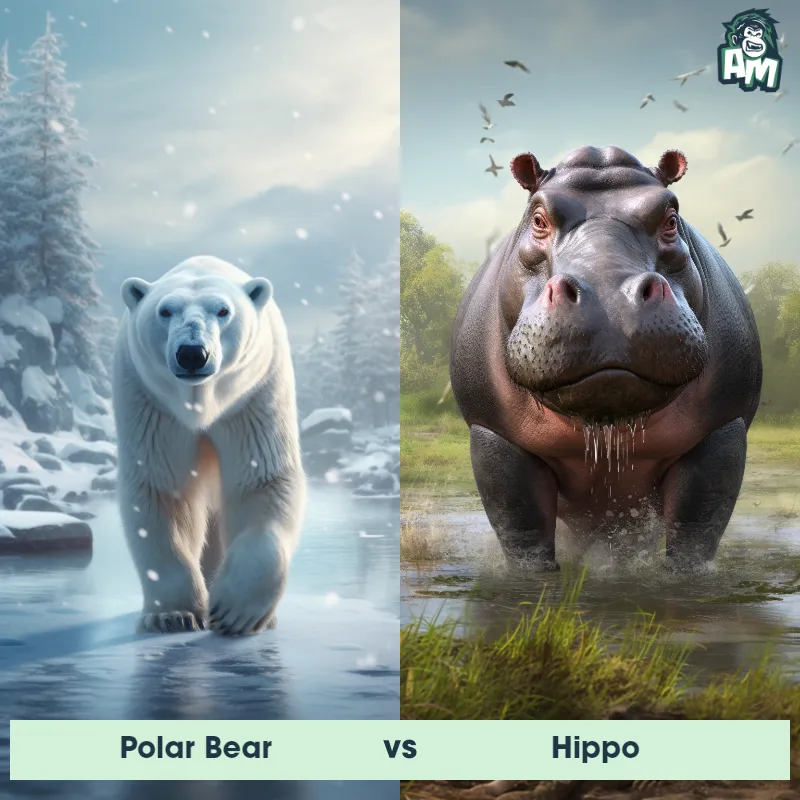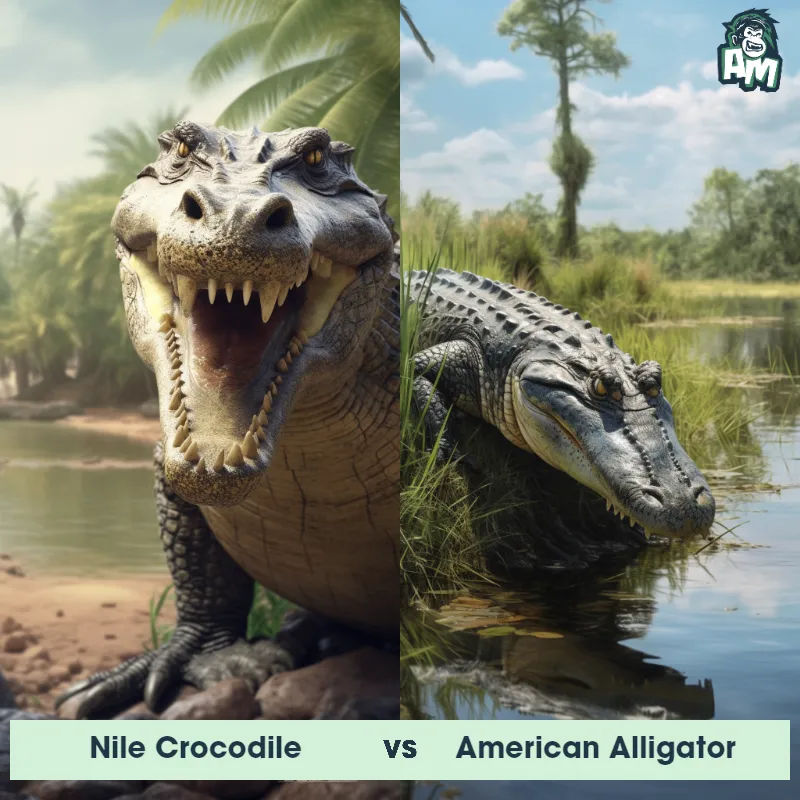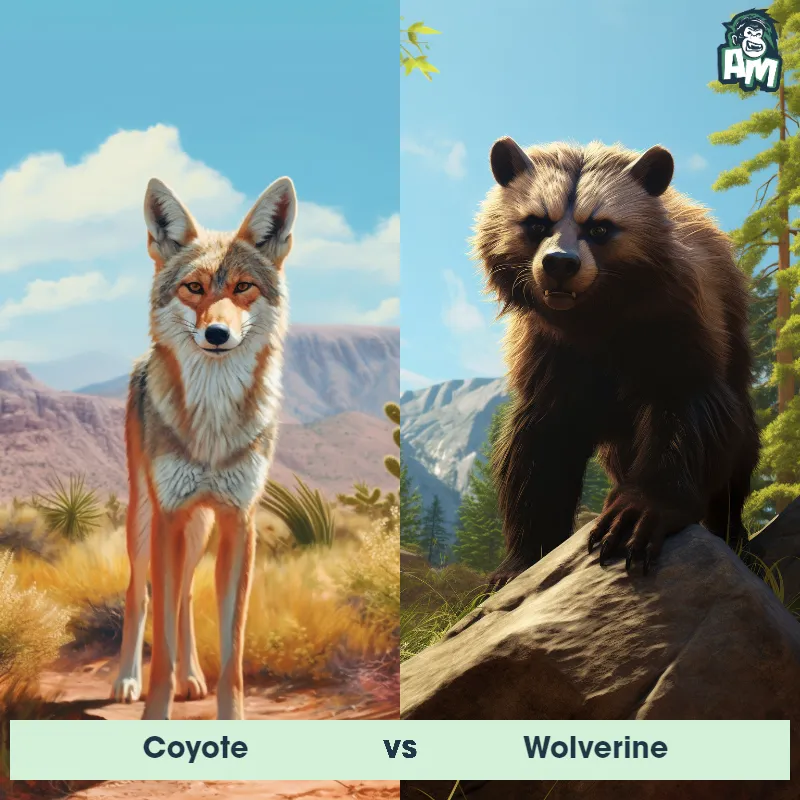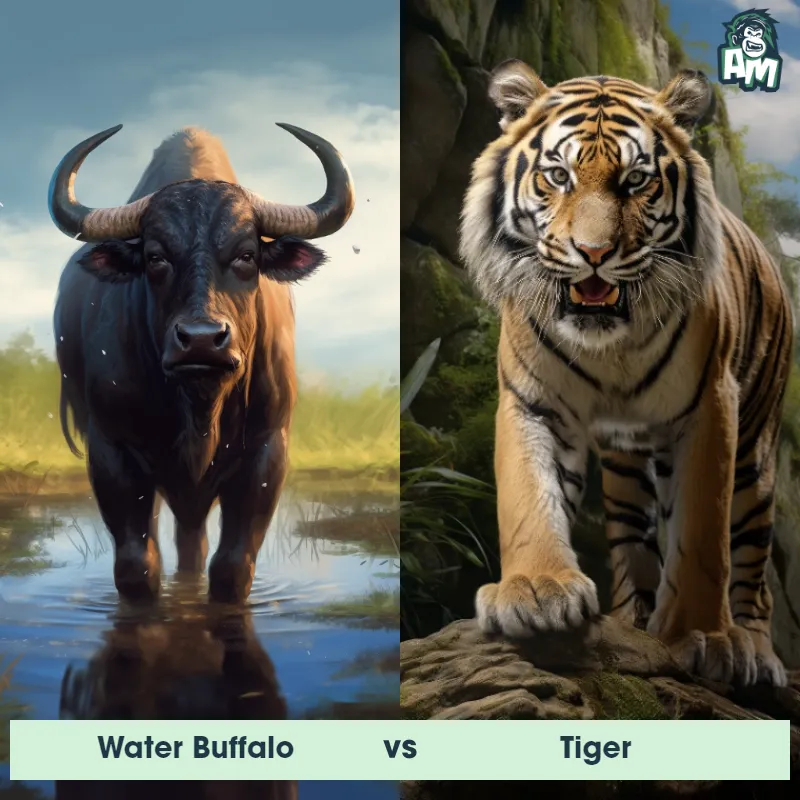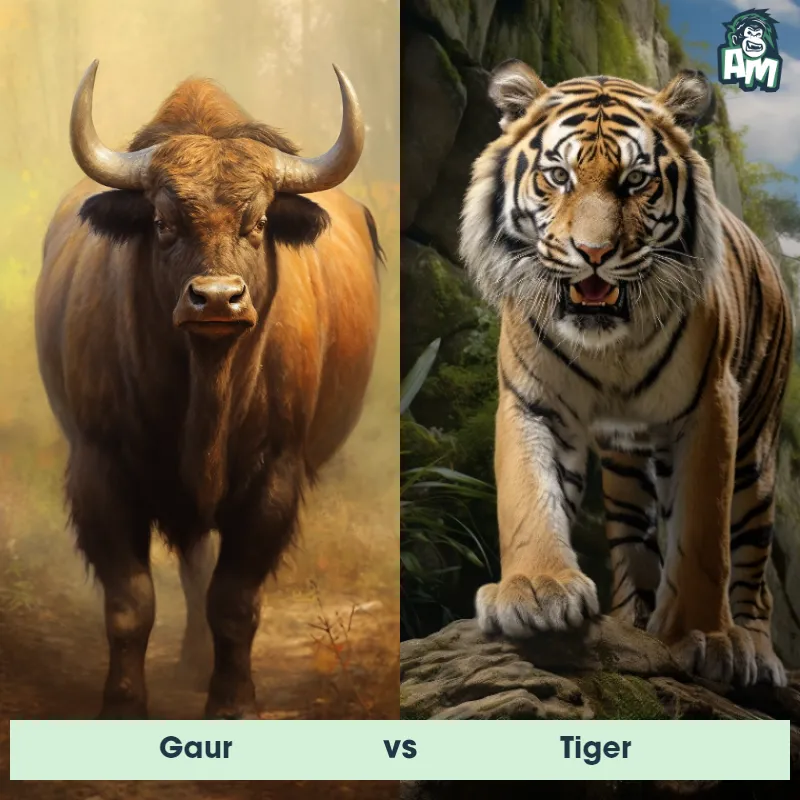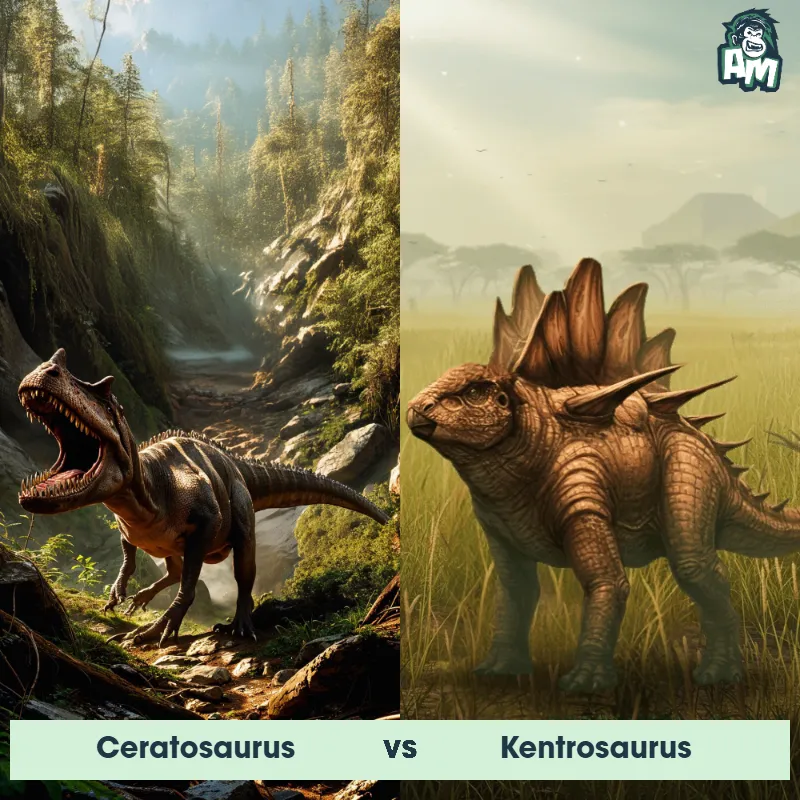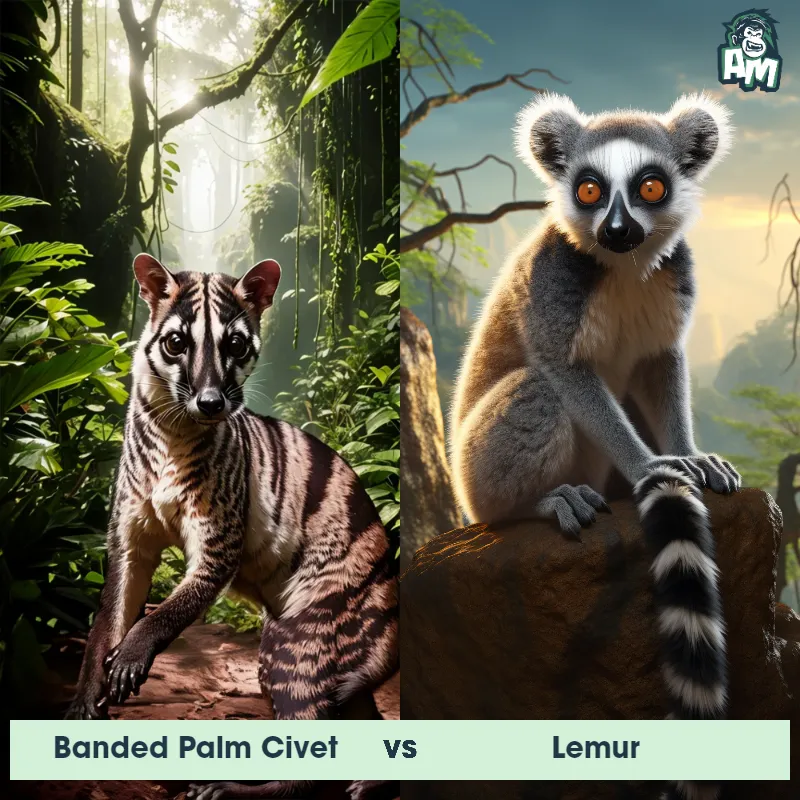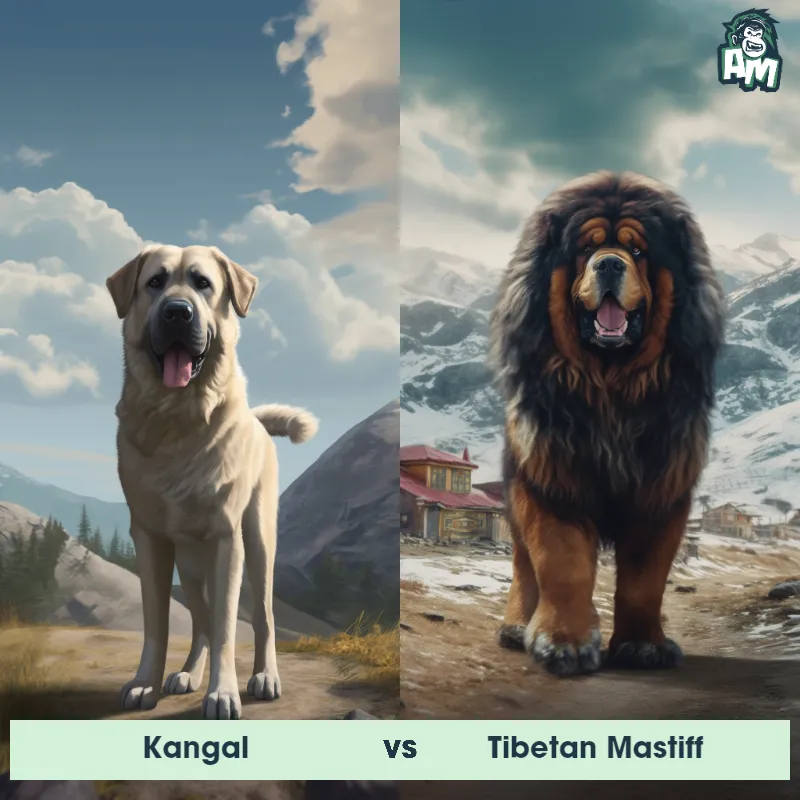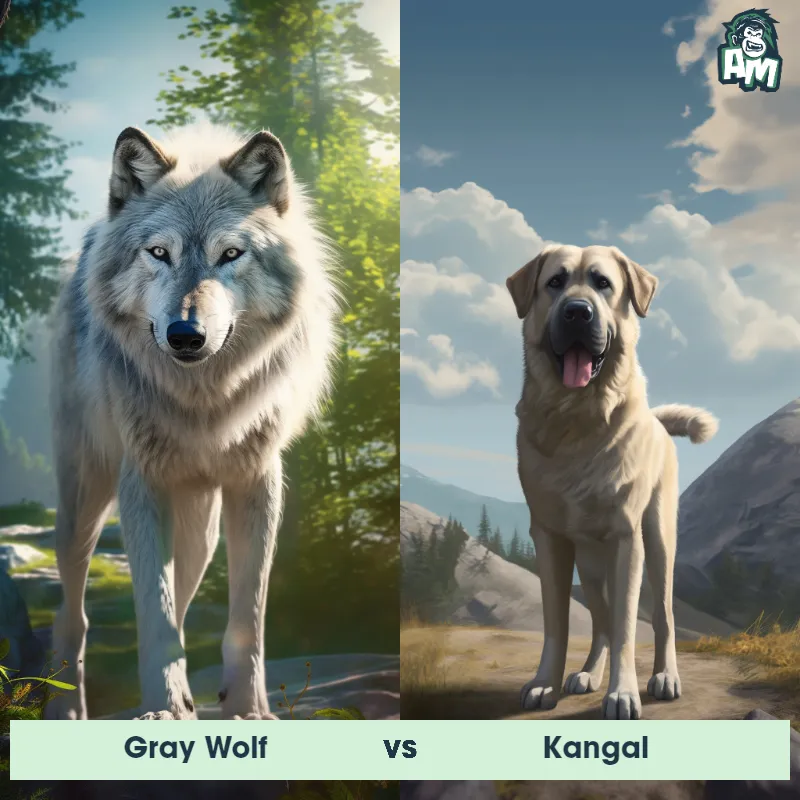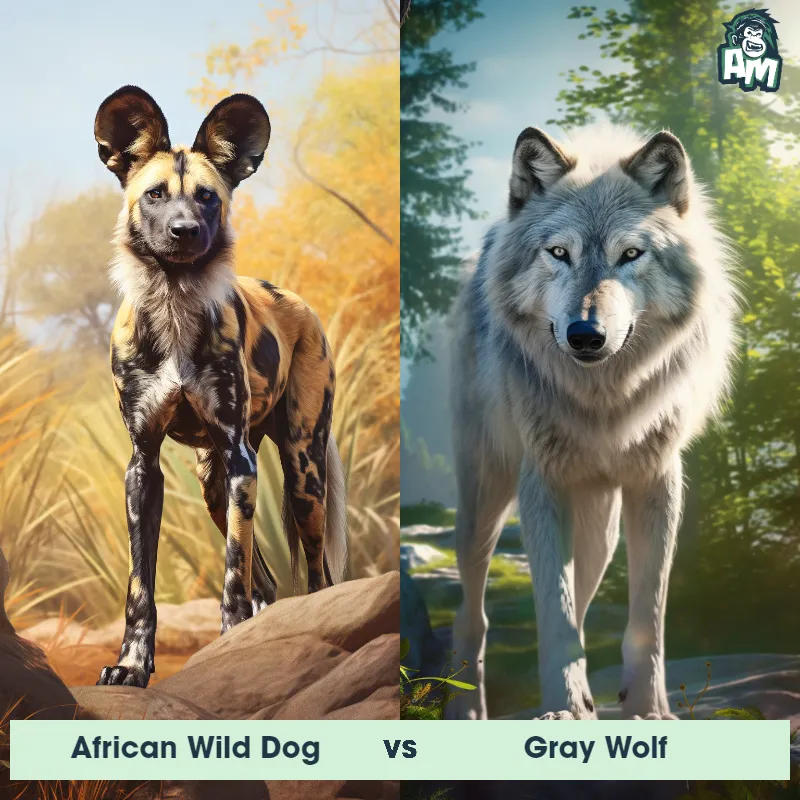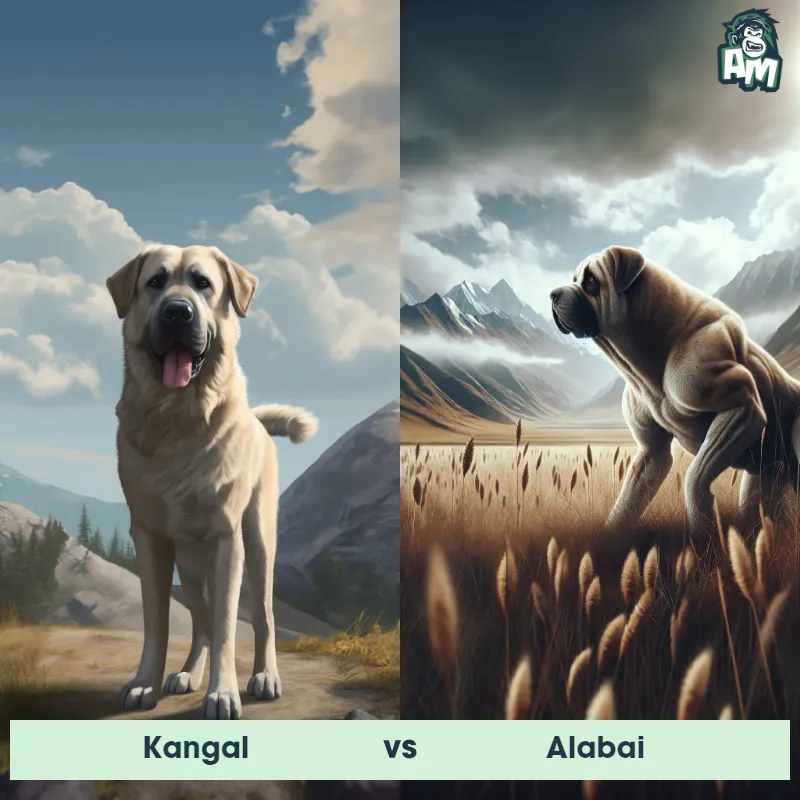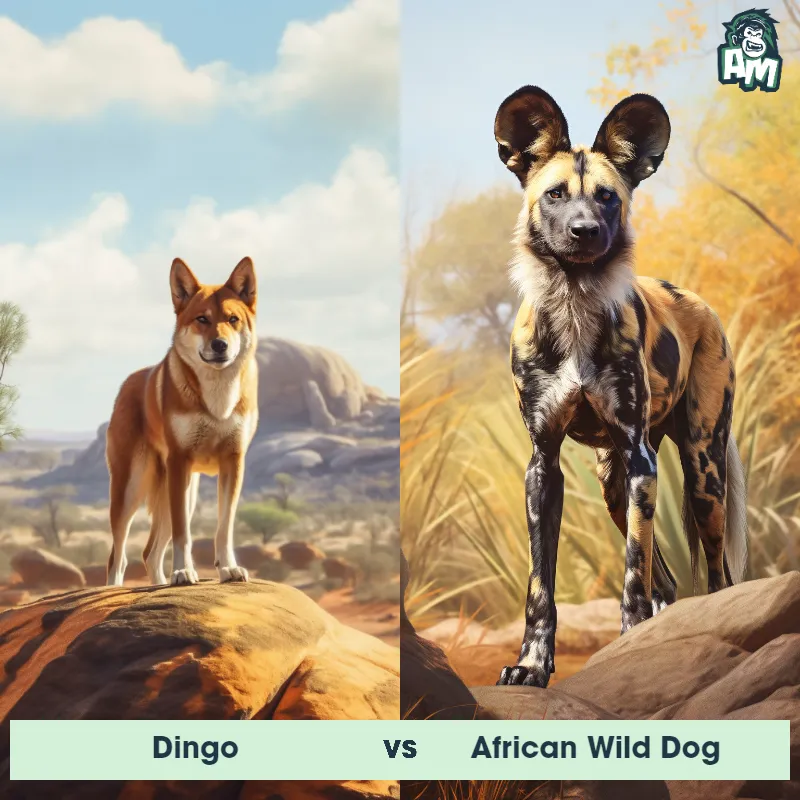Lynx vs CoyoteSee Who Wins
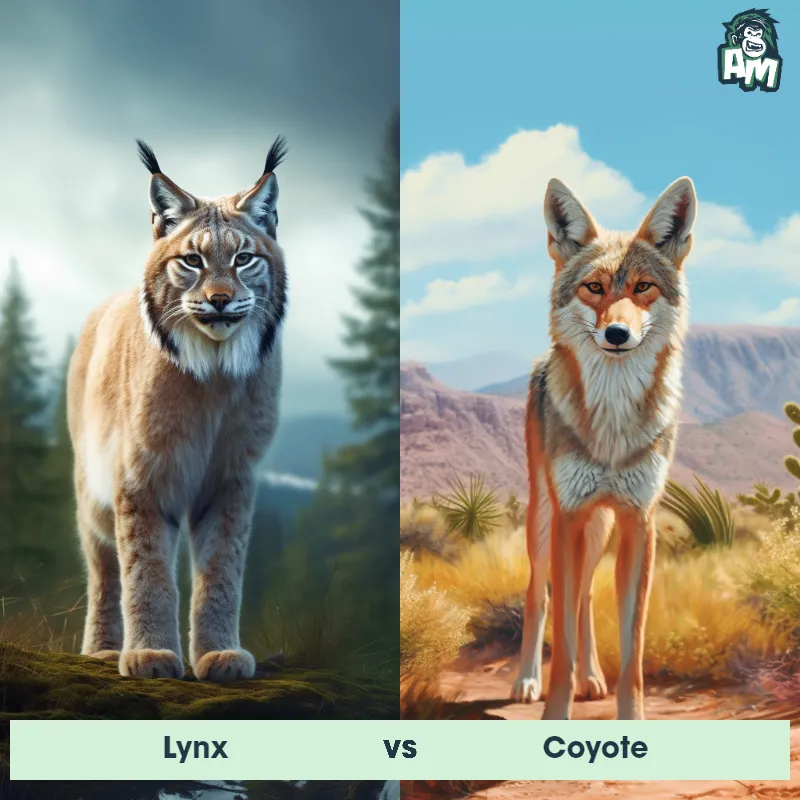
Ladies and Gentlemen, welcome to this evening's marquee matchup! On one side, the nimble and elusive, the master of the snowy forests, weighing in at 40 pounds, we have the Lynx! And on the other side, the clever and adaptable survivor of the wilderness, clocking in at 45 pounds, it's the Coyote! A thrilling contest of agility, cunning, and survival instincts awaits us!
Contender 1: Lynx
The Lynx is a medium-sized wild cat with distinctive tufted ears, short tail, and spotted fur. They have powerful legs and sharp claws, which make them excellent hunters. Lynx are solitary animals and are found in forests and mountainous regions across Europe, Asia, and North America.
Fun Fact: Lynx have excellent hearing and can detect prey up to 75 feet away, even under a thick layer of snow.
Contender 2: Coyote
The Coyote, also known as the American jackal, is a small, carnivorous mammal that belongs to the Canidae family. They have a slender, agile body with a bushy tail, pointed ears, and a long snout. Coyotes have a grayish-brown fur coat with a white underbelly, and their eyes are yellow and almond-shaped. They are known for their adaptability and intelligence, and can be found in a variety of habitats, from deserts to forests.
Fun Fact: Coyotes are known for their vocalizations, which include howls, yips, and barks, and they use these sounds to communicate with each other and establish their territory.
Matchup Stats
| Lynx | Coyote | |
|---|---|---|
| Size | 18-24 inches (45-60 cm) at the shoulder | 32-37 inches (81-94 cm) in length |
| Weight | 18-24 pounds (8-11 kg) | 20-50 pounds (9-23 kg) |
| Speed | Speed: 50 mph (80.47 km/hr) | Speed: 43 mph (69 km/hr) |
| Key Strength | Powerful legs and sharp claws | Speed and agility |
| Biggest Weakness | Short tail | Lack of physical strength |
Current Votes
Lynx vs Coyote
See Who Wins
Matchup Videos
All of our videos contain verified footage of natural encounters between the Lynx and the Coyote. These are true sightings and observations filmed by tourists, scientists, and wildlife documentarians.View More Matches
Looking For More?
Similar Matches
Scientific Stats
| Lynx | Coyote | |
|---|---|---|
| Scientific Name | Lynx | Canis latrans |
| Family | Felidae | Canidae |
| Habitat | Forests and mountainous regions | Various habitats, including deserts, forests, and grasslands |
| Geography | Europe, Asia, and North America | North and Central America |
| Diet | Small mammals, birds, and fish | Omnivorous, eats small rodents, insects, fruits, vegetables, and larger prey like deer and livestock |
| Lifespan | 10 years - 15 years | 10 years - 14 years |
Key Differences between Lynx and Coyote
- Tail: The Lynx has a short, stubby tail with a black tip, while the Coyote has a longer, bushy tail that is usually held low to the ground.
- Ears: The Lynx has tufted ears that are black on the tips, while the Coyote has pointed ears that are usually the same color as its fur.
- Habitat: The Lynx is found in northern forests and mountainous regions, while the Coyote is found in a variety of habitats, including deserts, grasslands, and forests.
- Fur: The Lynx has longer, thicker fur that is usually grayish-brown with black spots, while the Coyote has shorter, coarser fur that is usually gray or reddish-brown.
- Size: The Lynx is larger than the Coyote, with a height of up to 2 feet at the shoulder and a weight of up to 40 pounds, while the Coyote is smaller, with a height of up to 1.5 feet at the shoulder and a weight of up to 30 pounds.
- Face: The Lynx has a round face with a ruff of fur around its neck, while the Coyote has a narrow face with a pointed snout.



